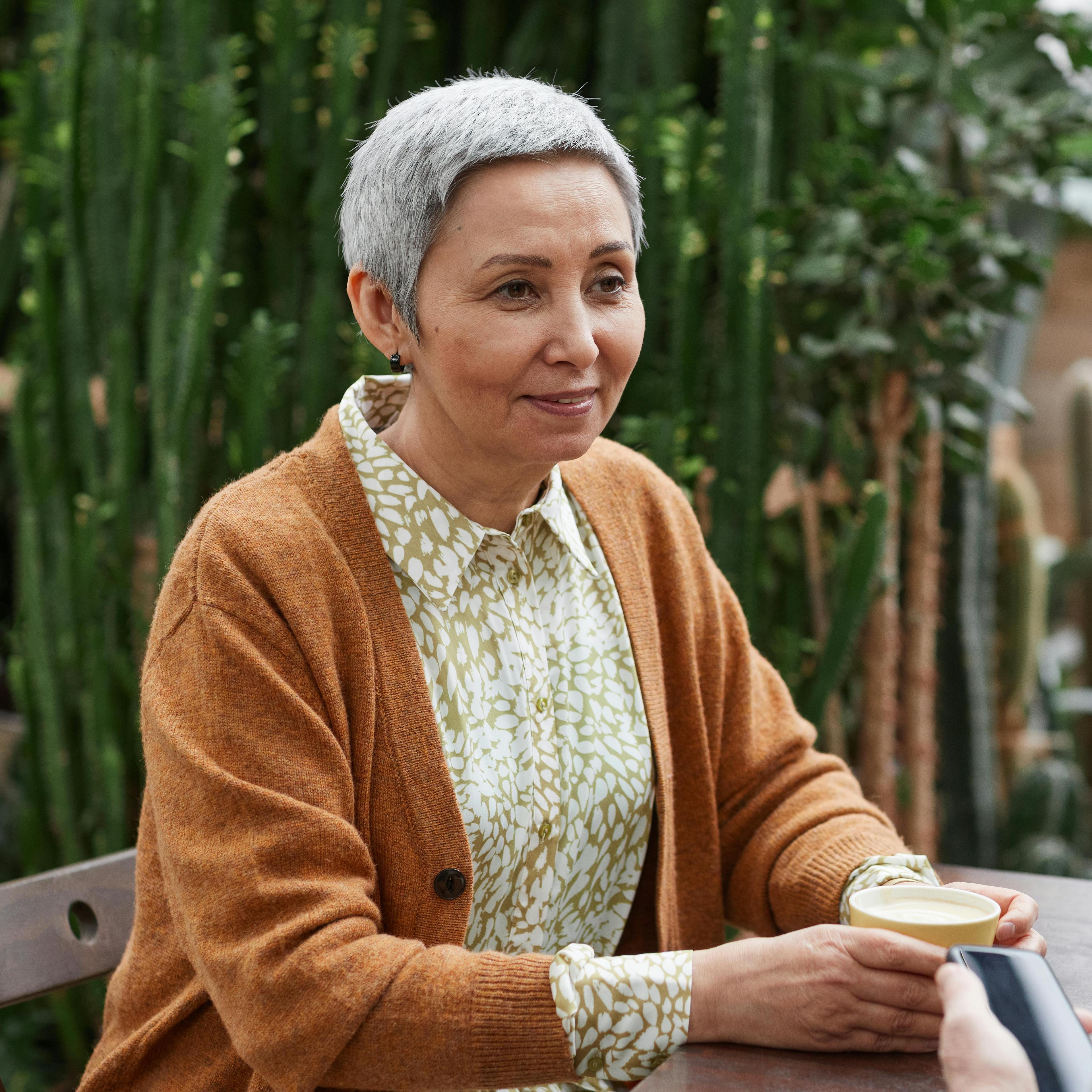Understanding why Inflammation gets worse as we age

As we get older, it’s not uncommon to notice that our bodies don’t quite bounce back the way they used to. Aches, pains, and lingering inflammation become more common, even without obvious injuries. Why is that? The answer lies deep within the body’s natural aging process and its impact on our immune system, cells, and gut health. Let’s break down what’s really going on, and why it matters for your overall health.
What Exactly is Happening?
As we age, several key changes in our body contribute to a steady increase in chronic inflammation. Here’s a simplified look at the main culprits:
1. Immune System Weakens Over Time
As we get older, our immune system naturally starts to lose its efficiency. Think of your immune system as an army tasked with defending your body against invaders like bacteria and viruses. When you’re young, this army is strong and quick to respond. But as you age, some of these “soldiers” retire, leaving fewer to keep things in order. This decline is known as *immunosenescence*. The result? Your body stays on high alert, releasing more pro-inflammatory molecules like cytokines, leading to a condition known as *inflammageing*—a chronic, low-grade inflammation that makes us more susceptible to diseases.
2. Old Cells Misbehaving
Over time, the cells in our bodies get damaged and can no longer divide. Instead of simply shutting down, some of these cells enter a state called *cellular senescence*. It’s like having retired employees who hang around the office, not working but causing trouble. These senescent cells release inflammatory signals that stir up the body’s defenses, contributing to the overall inflammatory environment. As more of these cells build up, they add fuel to the fire, making inflammation even harder to control.


3. Mitochondrial Dysfunction—The Rusty Power Plants
Inside each of your cells are tiny power plants called *mitochondria*. They produce the energy your cells need to function. However, as we age, these power plants start to break down and produce more harmful biproducts called *reactive oxygen species* (ROS). Think of it like an old car engine that’s still running but spewing out more smoke than before. This smoke (ROS) damages the cell’s components, triggering an inflammatory response as the body tries to repair the damage.
4. Gut Microbiome Changes—The Body’s Internal Balance Shifts
Your gut is home to trillions of bacteria that play a huge role in regulating inflammation and keeping your body balanced. But as we age, the diversity and composition of these bacteria shift, disrupting this delicate balance. This change can tip the scales towards more pro-inflammatory signals, adding yet another layer to the chronic inflammation that many experience as they get older.
Why Does This Matter?
All these factors—an aging immune system, dysfunctional cells, rusty mitochondria, and shifting gut bacteria—combine to create a perfect storm of chronic inflammation. This low-grade, persistent inflammation has been linked to a host of age-related conditions, including arthritis, heart disease, diabetes, and even cognitive decline. Essentially, chronic inflammation acts as the foundation for many of the health issues that make aging more challenging.
Putting It Simply
Imagine your body as a highly organised office building. When you’re young, you have a full staff, the security team is alert, and everything runs smoothly. But as time goes on, staff start to retire (immunosenescence), some employees start slacking off and spreading chaos (cellular senescence), the power plants become less reliable and release harmful fumes (mitochondrial dysfunction), and the office janitors that keep things in balance decide to change their routines (gut microbiome shifts). The result? The building starts to fall apart. Chronic inflammation is like the constant, low-level alarm going off, signalling that something is off—but without enough staff to fix it.
What Can We Do?
The good news is, understanding the root causes of this inflammation gives us a clearer path forward. Lifestyle choices like a nutrient-rich diet, regular exercise, and stress management can help mitigate some of these effects. In addition, science is constantly evolving, providing new, natural solutions that target inflammation at its core.
One such solution is Curcumin, but—as we now know—traditional Curcumin is hard for the body to absorb, which is why advanced formulations, like KURK, are gaining attention for their ability to enhance absorption and target inflammation more effectively.
Aging doesn’t have to mean living with chronic pain and inflammation. By understanding what’s happening inside our bodies and making proactive choices, we can slow down the impact of inflammageing and support a healthier, more vibrant life as we grow older.
References:
1. Franceschi, C., & Campisi, J. (2014). Chronic inflammation (inflammageing) and its potential contribution to age-associated diseases. *The Journals of Gerontology: Series A*, 69(Suppl 1), S4-S9.
2. Fulop, T., et al. (2018). Immunosenescence and Inflamm-Aging as Two Sides of the Same Coin: Friends or Foes?. *Frontiers in Immunology*, 9, 1960.
3. Tchkonia, T., & Kirkland, J. L. (2018). Cellular senescence: A translational perspective. *EBioMedicine*, 21, 21-28.
4. Childs, B. G., Durik, M., Baker, D. J., & van Deursen, J. M. (2015). Cellular senescence in aging and age-related disease: From mechanisms to therapy. *Nature Medicine*, 21(12), 1424-1435.
5. Lopez-Otin, C., Blasco, M. A., Partridge, L., Serrano, M., & Kroemer, G. (2013). The hallmarks of aging. *Cell*, 153(6), 1194-1217.
6. O'Toole, P. W., & Jeffery, I. B. (2015). Gut microbiota and aging. *Science*, 350(6265), 1214-1215.



